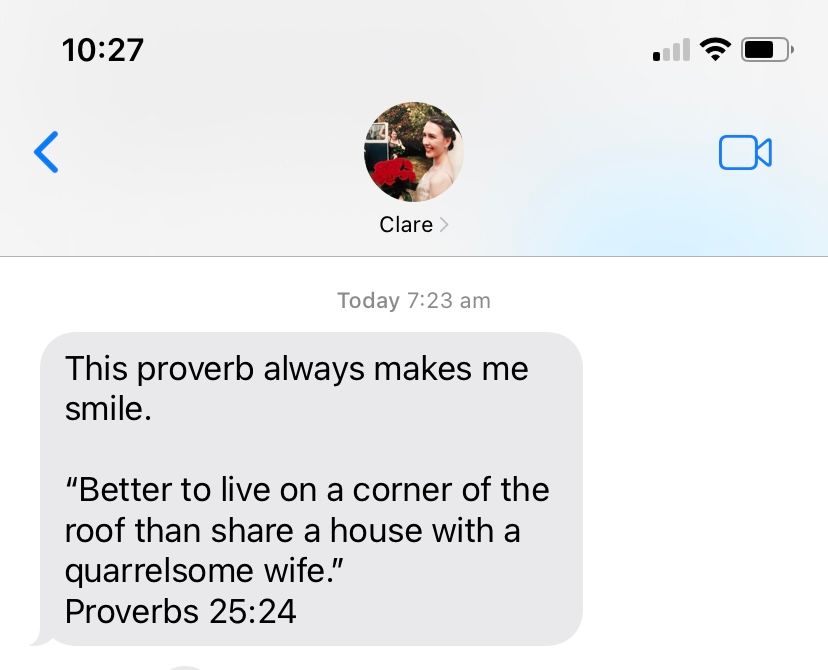The anxious dance

Let’s take a pause from Ted.
Kurt asked a great question on the previous comment thread:
How does Bowen define anxiety?
Because this topic is too important to hide away in a comment thread we’re going to interrupt our usual programming and have a think about anxiety.
I’m going to start with an illustration and then I’ll finish with some Bowen quotes.
This morning I was woken up by my beeping phone. I picked it up. 730am. Not exactly crack of dawn but my bleary old man eyes struggled to make out who had pulled me out of my blissful sleep.
Minutes of squinting. Blurry letters slowly come into focus until I can read who it's from. Clare Steele.
My wife is travelling for work. Currently in WA which mean it’s 530am where she is. Already up and going! What am I doing in bed??
I could write a bunch of blogs about the different ways we function. But for now I want to focus on the content of her text because it got me thinking about anxiety.

It makes me smile too!
Can’t you just imagine groups of old Jewish men sitting around chuckling about this through the centuries? Sympathising with one another about their troublesome wives?
And can’t you just imagine their wives? They're chuckling together too. Laughing because they've all learned it only takes a bit of nagging to get the house to themselves. A raised eyebrow. A hint of rebuke. And off their husbands head to the roof.
We can easily interpret this parable in a way which pits us against the wife. Who started it? She did. Who’s in the wrong? She is. Who should change? She should. I suspect this proverb has led to a lot of fingers pointed at supposedly quarrelsome wives. And maybe that's how it’s meant to be read.
But I wonder if there's more going on between this husband and wife?
How might Murray Bowen see it?
Beyond villains and victims. Beyond cause and effect with a serving of blame. I suspect he'd notice something more reciprocal. Something like a dance.
Which means that trying to work out who's to blame in a sticky relationship is often a bit like asking - Which came first, the chicken and the egg? Which came first, the wife who nags or the husband who hides?
Bowen says "Both".
- She feels threatened by his lack of engagement.
- He feels threatened when she gets in his face.
And so they each react to the other and the other reacts to them.
- She reacts to his distancing by invading his space.
- He reacts to her incursions by moving further away.
See the dance?
She quarrels. He distances. He distances. She quarrels.
And maybe this dance kind of works for them.
When emotions are running high, instead of fighting fire with fire, he finds a place to calm down. And when he withdraws she lets him know that she's not happy about him running away. She gets some kind of engagement.
Maybe this is why;
“It is better to live on a corner of the roof than share a house with a quarrelsome wife.”
Not because she is such an awful human being that even living on a roof is better than tolerating her rubbish. But because this is the best way they have found to live with the tension between them.
Of course there might be other dances which work even better for them.
Sometimes it’s worth asking if it’s time to break out some new move? Who knows how the other might react? It might open up a whole new way to groove together.
Just to be clear I’m not claiming this is what the proverb means. Who knows what its ancient writer would say? I’m just noticing a dynamic which is easy to miss. And wondering how it plays out for us. At home. At work. With friends. At church.
This dance is what Bowen means when he speaks about anxiety. He’s not talking in the way we might - about worry. He’s not talking - in the way a doctor might - about a mental health disorder. He’s talking about an everyday force in life that governs so many of our ordinary behaviours. He’s talking about the way we all react to the tensions and pressures we experience as we perceive some threat to the balance in a relationship and we seek to get a little bit more comfortable.
It usually happens without us noticing. We just tend to focus on what the other person is doing. Then we don't have to pay attention to the anxiety we feel and the part we play. Or take the risk of breaking into another kind of dance.
Random thought. Isn’t it funny that even if I was sleeping on the corner of our roof Clare’s text would still have woken me up? It can be much harder to create distance and find space to breathe in this always contactable age.
Another random thought. Isn't it funny that because Clare woke me up I had enough time to have breakfast, coffee and a shower before taking one of my kids to their medical appointment? I wonder how differently my morning would have gone without the interruption from my wife!
To sum up:
Anxiety for Bowen is a life force. It’s a process that operates in all living things. It is a response to some kind of perceived threat. It can be adaptive or maladaptive.
Bowen distinguishes between acute anxiety (the reaction that occurs when a car comes speeding around a corner towards you) and chronic anxiety (a response to a disturbance in your relationship systems).
Here’s a quote from Kerr & Bowen's book, Family Evaluation for you to chew on:
“There is a distinction between acute and chronic anxiety. Acute anxiety generally occurs in response to real threats and is experienced as time-limited. People usually adapt to acute anxiety fairly successfully. Chronic anxiety generally occurs in response to imagined threats and is not experienced as time-limited. Chronic anxiety often strains or exceeds people’s ability to adapt to it. Acute anxiety is fed by fear of what is; chronic anxiety is fed by fear of what might be...
“Chronic anxiety, which is assumed to have manifestations on levels ranging from intracellular systems to societal processes, is influenced by many things, but it is not caused by any one thing. It is most accurately conceptualized as a system or process of actions and reactions that, once triggered, quickly provides its own momentum and becomes largely independent of the initial triggering stimuli. While specific events or issues are usually the principal generators of acute anxiety, the principal generators of chronic anxiety are people’s reactions to a disturbance in the balance of a relationship system.
Real or anticipated events such as retirement or a child’s leaving home may initially disturb or threaten the balance of a family system, but once the balance is disturbed chronic anxiety is propagated more by people’s reactions to the disturbance than by reactions to the event itself. A child’s leaving home, for example, may result in changes in the parent’s relationship. The child may have functioned as a buffer for parental conflicts. After he leaves, the previous equilibrium in the parents’ relationship is disturbed and their dissatisfactions and frustrations with one another intensify. The increased reactivity of the parents to one another usually generates more anxiety than their reactions to the absence of the child.”
So…
What has this got you thinking about?
- Where did your thinking go as you read through this post?
- When you feel pressured by someone close to you what dance steps do you tend to fall back on? Roof sitting? Quarrelling? Something else?
- In what ways does your usual dance routine help you manage anxiety in the relationship?
- In what ways does your dance routine cost you and those aound you?
- What would it take for you to break out some new moves when relationships get tense?
